How to plant bulbs using the 'bulb lasagna' technique
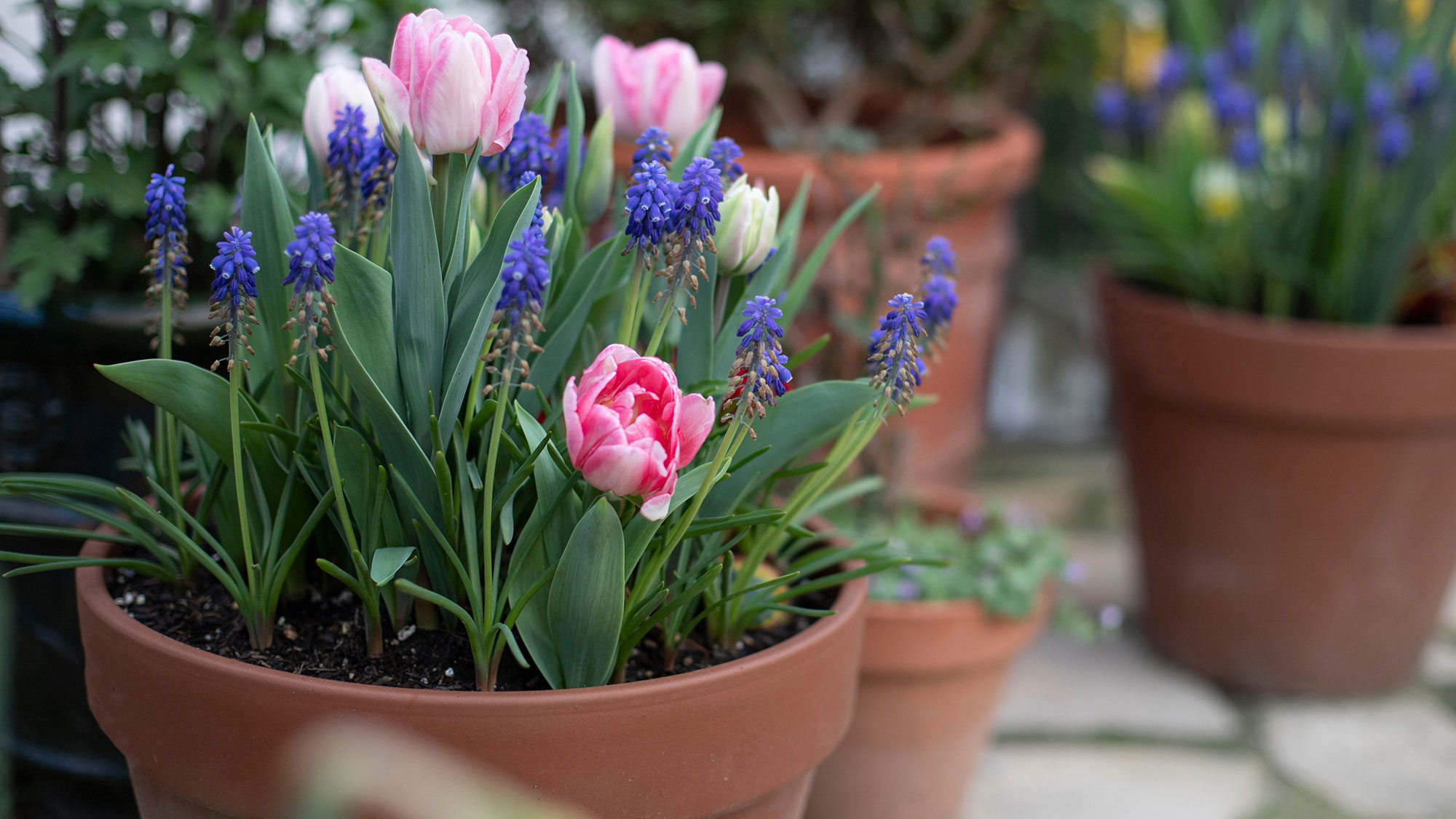
‘Bulb lasagna’ is the fall gardening trend that everyone is talking about. And it’s got me excited as it combines my two great loves — gardening and Italian food — what a combination! However, there’s no pasta involved in this gardening technique.
However, just the iconic Italian dish, the planting technique is based on layering, except instead of layers of sauce and pasta, you create multiple layers with bulbs and soil.
To help explain the method and the benefits of lasagna planting, I asked Michael Clarke, horticulturist and founder of Yardwork, to explain.
You might also be interested in 7 bulb planting mistakes and what to do instead.
What is bulb lasagna?
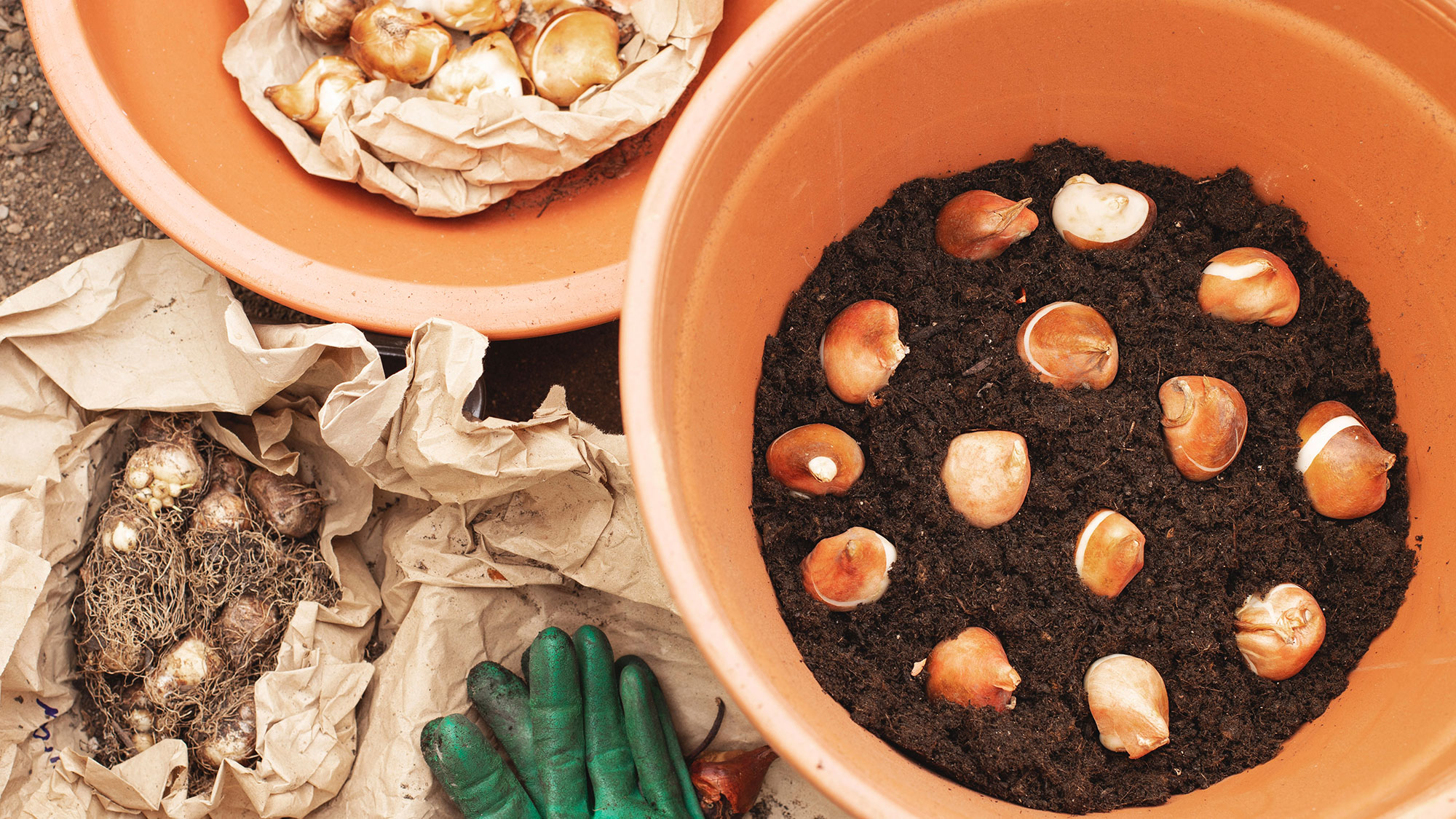
It’s unusual to refer to gardening methods in terms of food, but when you know what lasagna planting is, it all makes sense. “Lasagna planting is a layering technique when planting bulbs,” explains Clarke. “With this technique, you plant different sized bulbs at different levels within the soil profile to create a show of varied heights and colors, without gaps in the display.”
What are the benefits?
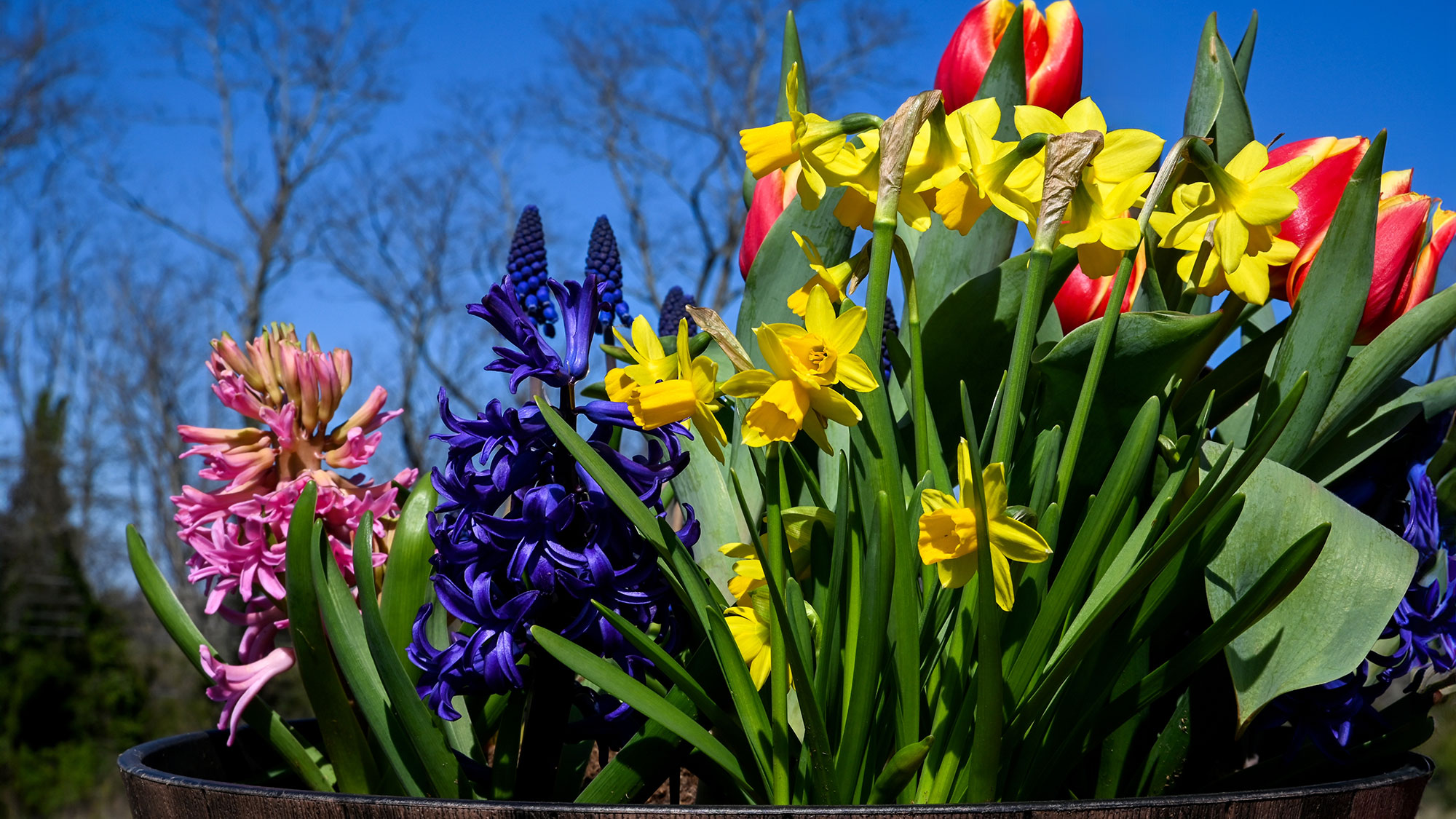
“The amount of texture, color, and variation that is able to be displayed in a small space is one of the biggest benefits of lasagna planting,” says Clark.
And the reason why? “Because there are no gaps between planting, the colors of the flowers and textures of the leaves, produce a very unique garden spectacle that is eye-catching from any angle,” he adds.
Get instant access to breaking news, the hottest reviews, great deals and helpful tips.
Is lasagna planting restricted to containers?
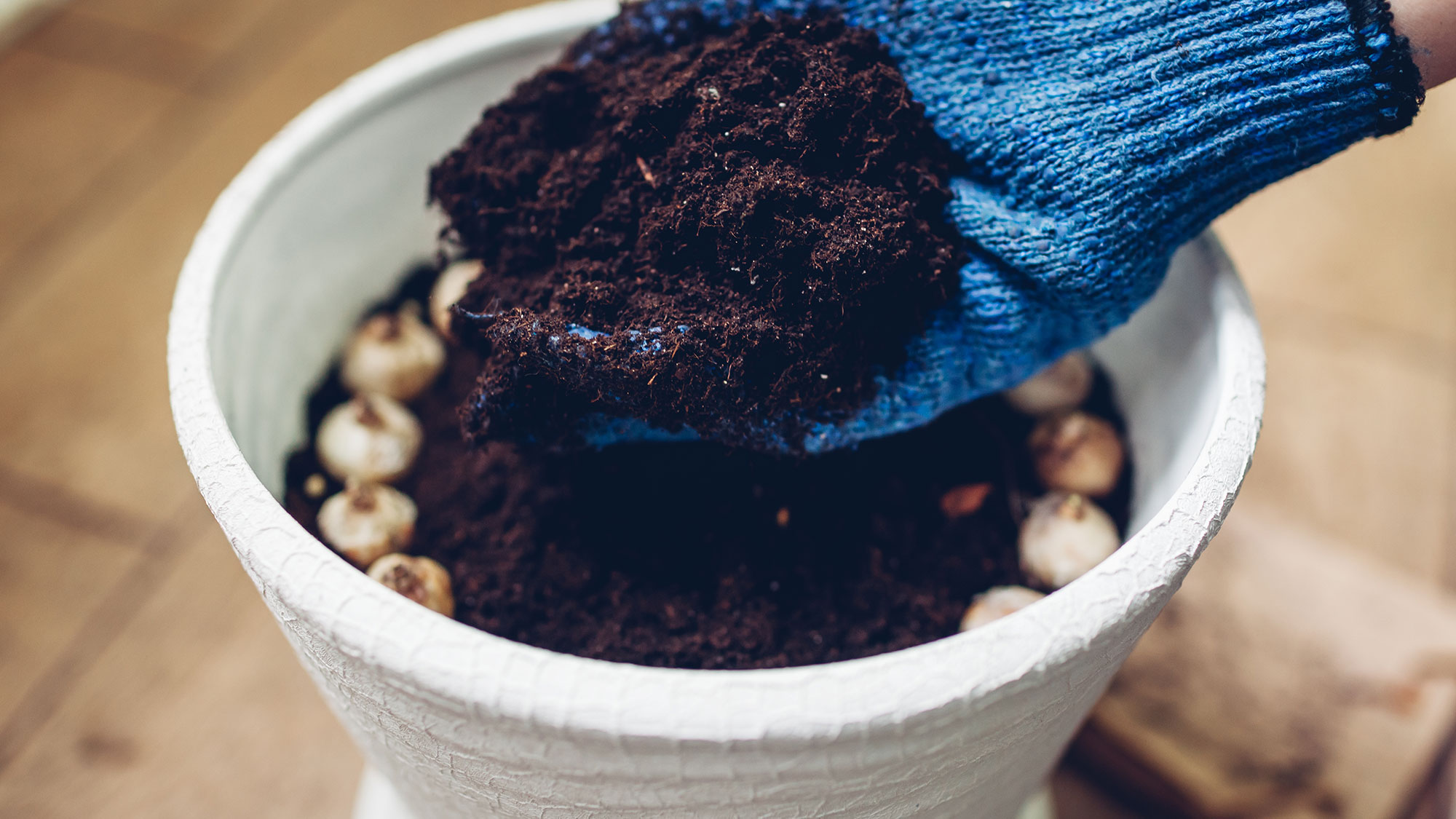
I always think of lasagna planting as being suitable for container gardening, where you can enjoy an abundance of colorful blooms in a condensed space. However, Clark explains that it isn’t necessarily restricted to pots, although it is much easier in containers. “The soil can be layered on top of each set of bulbs more easily, starting at the bottom of the pot and working your way to the top.”
If you do choose to use this technique directly in your yard, he suggests excavating the area first, before planting layers of bulbs and soil.
How to make a bulb lasagna
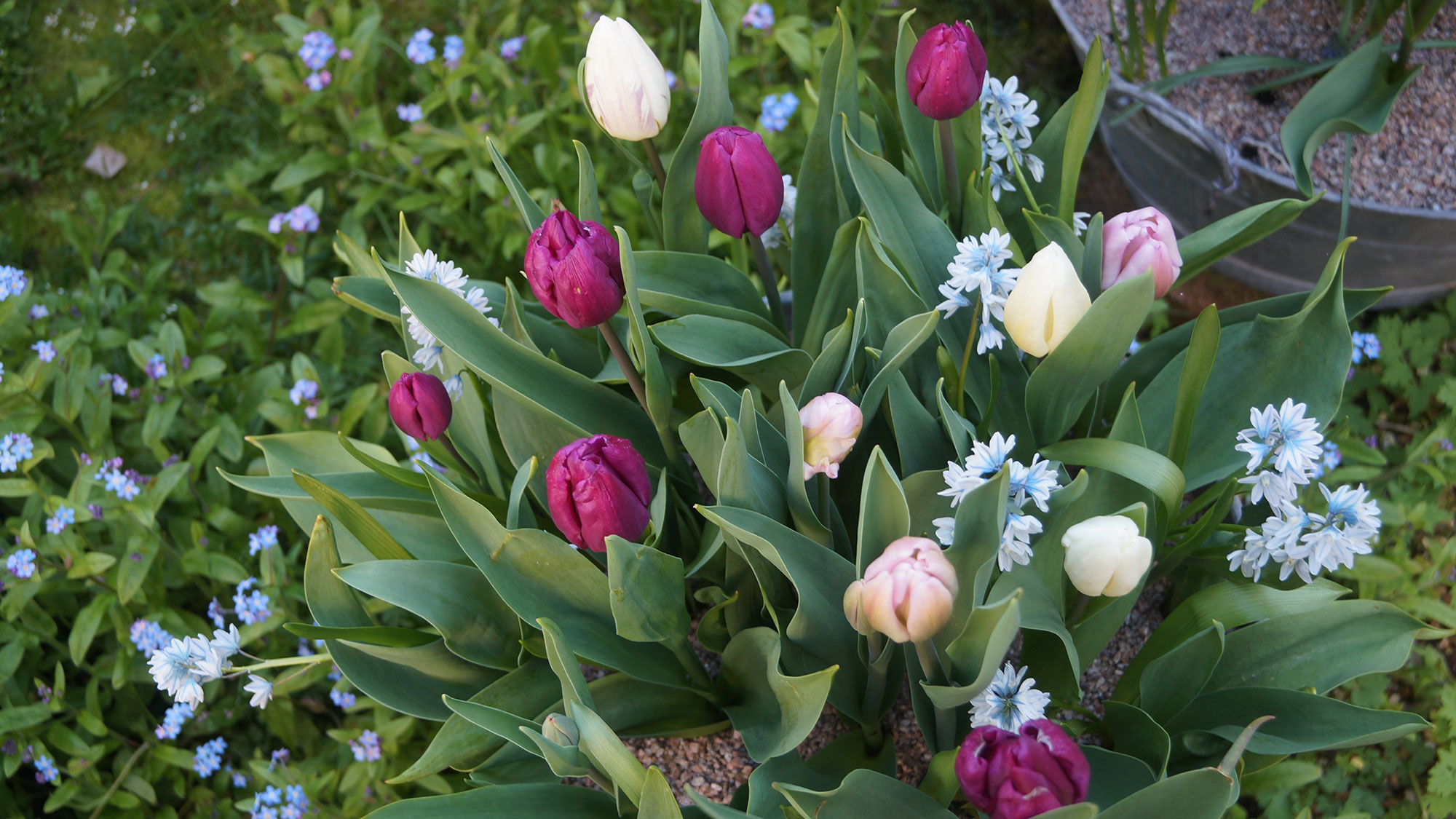
What's the right way to build my bulb lasagna?
Now you know what lasagna planting is, where do you start? “A good rule of thumb is to have at least three layers of bulbs,” says Clark. He suggests placing the largest bulbs at the bottom of the container, followed by medium-sized bulbs in the middle, and smaller bulbs at the top.
He then suggests offsetting the bulbs from each other. “Each layer should have a slightly different position than the previous to avoid gaps,” he adds. It’s also worth considering when they flower. “You’ll want to choose bulbs with different bloom times so that you can have continual blooms throughout the spring.”
Clark says that the bulbs will do best in well-draining, rich, sandy loam soil, which will provide the right balance of nutrients for flower formation. He adds, “Make sure that each bulb layer is completely covered with soil before starting the next layer of bulbs.”
What bulbs should I use?
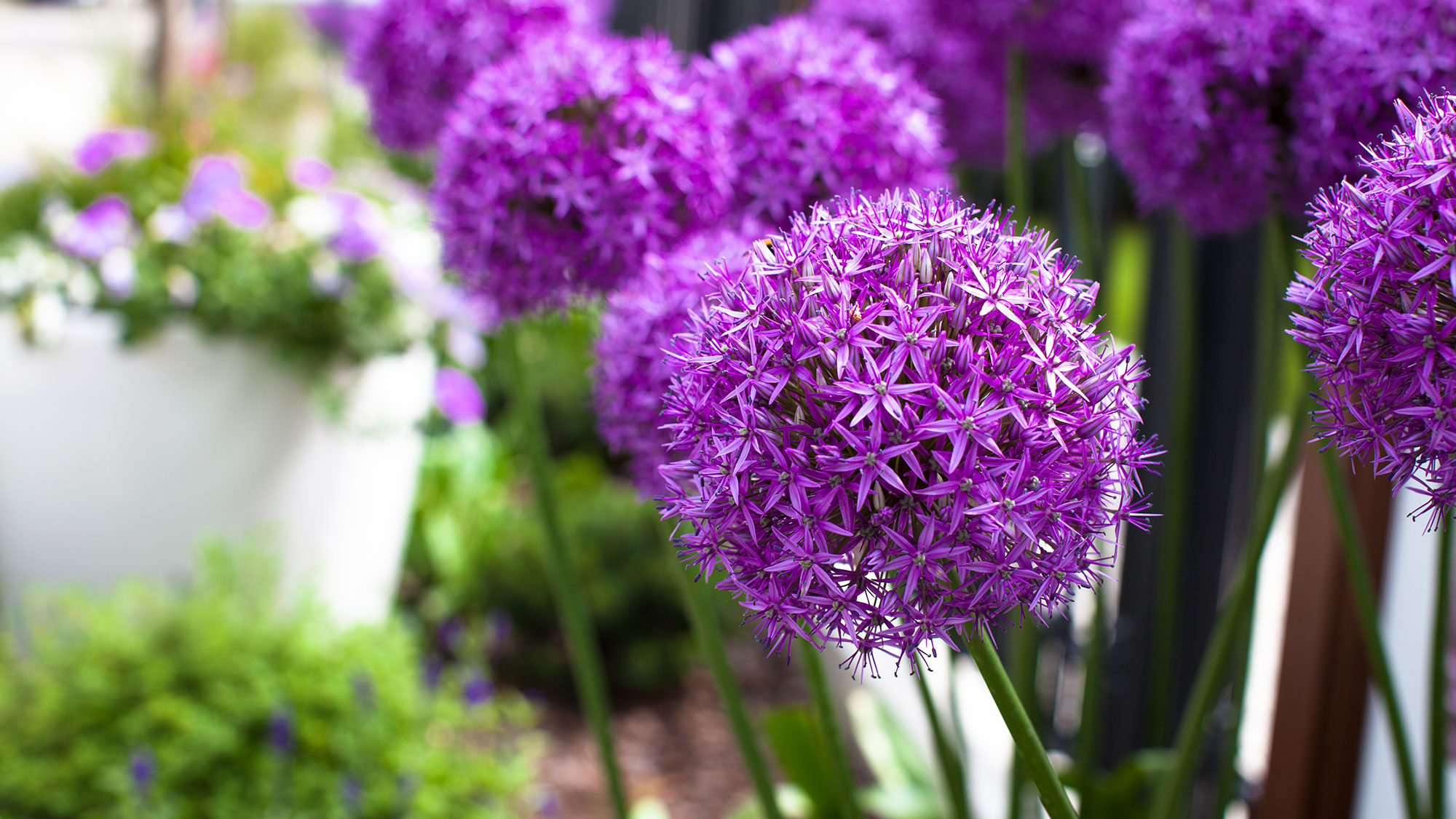
While Clark’s favorite combo for lasagna planting includes alliums, anemones, and crocuses, you can also plant tulips, daffodils, hyacinths, and muscari. I’d include alliums in my containers for their height and majestic quality that goes far beyond the length of time they flower. They are all bulbs that are recommended for spring blooms, with hyacinths being one of the fragrant flowers to make your house smell amazing in spring.
Complete Spring Bulb Garden - 50 bulbs: $34 @ Amazon
Fill your yard with a burst of spring color with this pack of 50 bulbs that includes 10 mixed tulips, 10 yellow daffodils, 10 blue Dutch iris, 10 blue muscari and 10 mixed crocus. Suitable for hardiness zones: 3-8.
When is the best time for lasagna planting?
October and November are the prime months to begin lasagna planting. Clark explains that planting during the fall allows the bulbs to develop a good root system over winter and to receive enough cold days to germinate properly in the spring. And I'd always wait until November to plant tulips.
More from Tom's Guide

Camilla is the Homes Staff Writer and covers everything to do with homes and gardens. She has a wealth of editorial experience, mounting over 30 years, and covers news and features, tests products for reviews and compiles buying guides.
Her work has appeared in business and consumer titles, including Ideal Home, Real Homes, House Beautiful, Homebuilding & Renovation, and Kitchen & Bathroom Business. She’s even appeared on the cover of Your Home, writing about her own house renovation.
Although she’s obsessed with decorating her home, she also enjoys baking and trying out the latest kitchen appliances. But when she’s not inside, you’ll find her pottering about in her yard, tending to her vegetable patch or taking in her prized hydrangeas.

